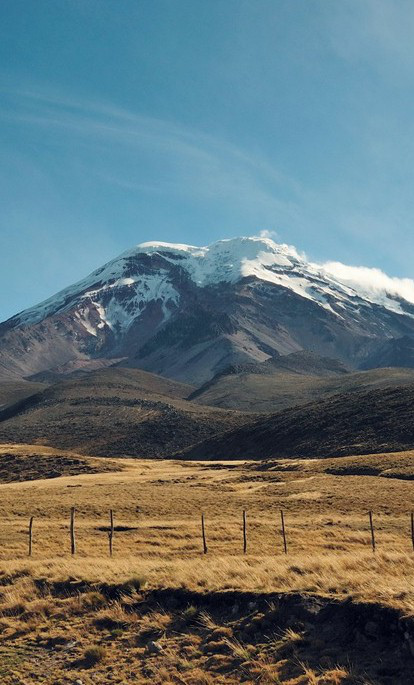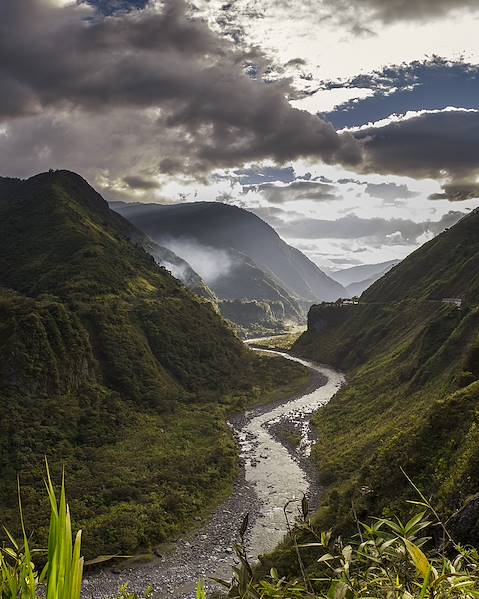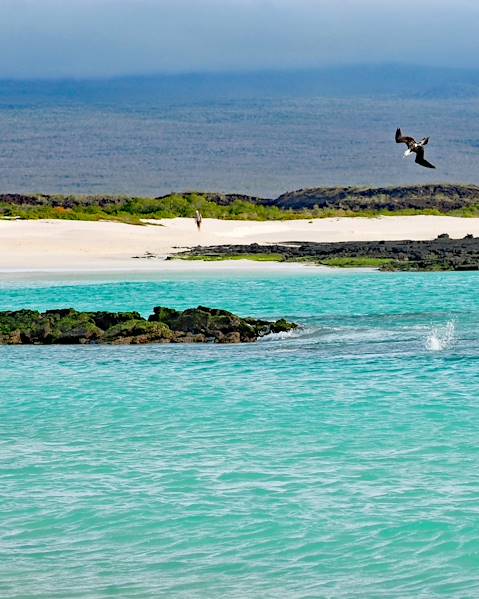With its diverse landscapes and beautifully preserved cities, there’s a lot to love about Ecuador. Before you travel, here are some useful things to know about Ecuador’s climate, currency, transport and more.
Climate and Altitude in Ecuador
The climate in Ecuador is not determined by latitude, but by altitude. The Andes Mountains run through the country and the capital city of Quito lies some 9,350 feet above sea level. The average temperature is around 15 °C, but we would suggest wearing lots of layers that can easily be removed if temperatures rise. Comfort is key here, particularly when it comes to footwear as there’s lots of uneven terrain. At high altitudes, we’d recommend avoiding alcohol as much as possible, particularly at the start of your trip, as the two do not mix well. It is also important to wear lots of high factor sun cream while at high altitudes, as the sun is particularly strong along the equator. Avoid drinking tap water or even water from streams high up in the mountains, as there may well be a village higher up the mountain that uses said river as a sewer! We’d suggest sticking to bottled water throughout your trip.
Currency in Ecuador
The US dollar took over from the Sucre as the currency in Ecuador in 2000. Luxury hotels and shops in towns should accept credit cards, but in the markets you will need to pay in cash (after testing out your haggling skills, of course). There are usually two prices: one for locals and one for foreigners, known as the ‘gringo tax’, so even after haggling you’ll likely be paying more than locals. Tipping is widespread and guides will except US $5-10 per day per person. You should aim to tip drivers $2-5 and hotel baggage porters and local guides around $1. At restaurants, a 5% tip is usually sufficient. The entrance tax to the Galapagos Islands is $100, with an added $10 for a migration card, which is payable locally. Although the telephone network is good, even on the islands, the Internet is often sluggish and usually comes with a fee. In the Galapagos you will likely only have internet on Santa Cruz and Isabella Islands. Be aware that you’ll be in a relatively poor country, so we’d advise not wearing expensive-looking jewellery or watches while out and about.
Transport in Ecuador
If you’re going to take a taxi, you’ll usually need to negotiate the price beforehand, so it’s time to test your haggling skills again. It is also usually best to order taxis from your hotel, rather than hailing one in the street. Alternatively, Uber is available in certain cities in Ecuador, including Quito and Guayaquil. If you prefer to have a bit more independence you can hire a car, however the driving conditions are often challenging, particularly in cities and on smaller roads, and we would not recommend driving at night. There is also a risk of being pulled over by the police for no apparent reason, but our local concierge will be able to help in these situations.
Hiking in Ecuador
Due to high altitude and unpredictable climates, you should be well prepared and sufficiently fit and healthy if you are planning on hiking in Ecuador. Make sure you stay well hydrated, don’t stray from established paths and avoid exploring remote areas without an experienced guide. Regular walking shoes are fine for most visitors, but if you plan to do serious hiking, good trekking boots are recommended.
Souvenirs in Ecuador
Ecuador knows a thing or two about crafts: you’ll find colourful ponchos, shawls and blankets for sale everywhere, as well as Incan ‘antiques’ and religious figurines. If you’re looking for precious stones, we’d recommend buying them in a shop rather than at a market. Rather confusingly, Panama hats are in fact originally from Ecuador and were only referred to as ‘Panama’ hats due to the mass export of them from Ecuador to Panama in the 19th century, so they make a fantastic souvenir.
















